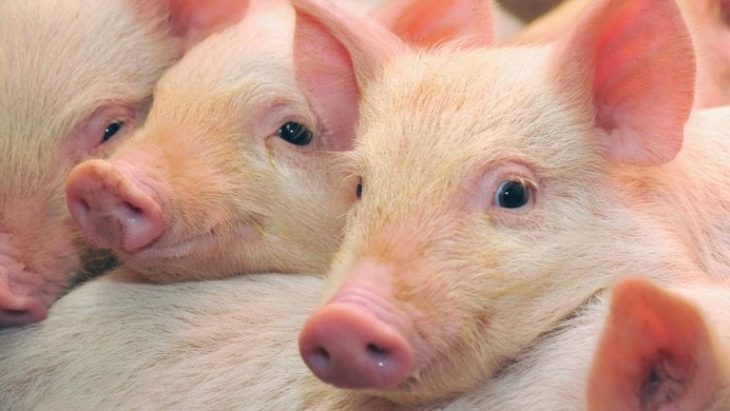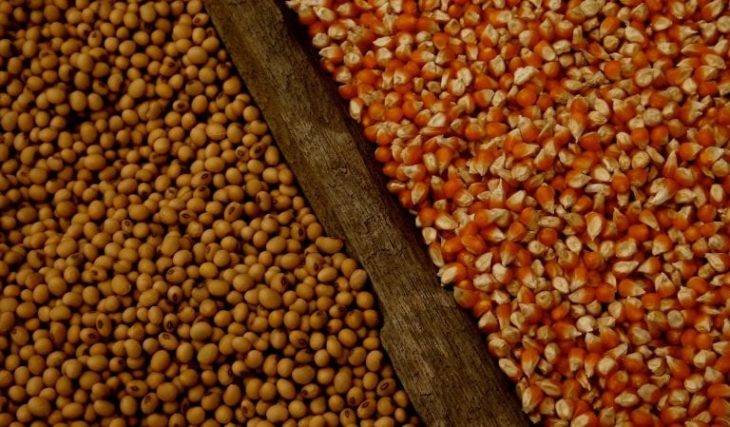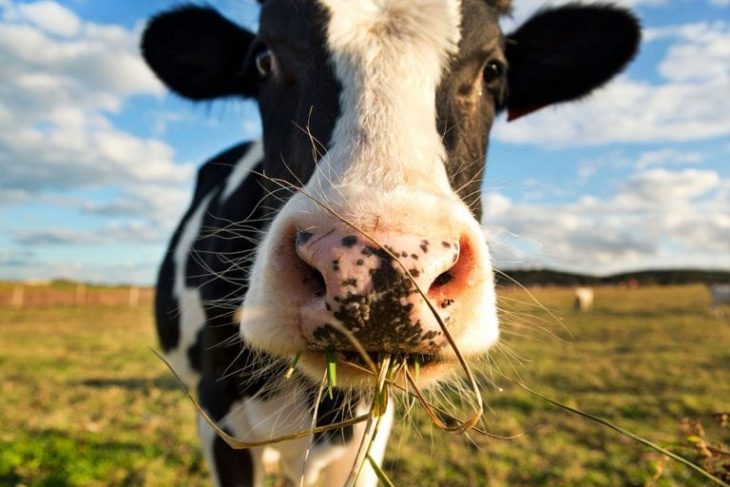The overall health and well-being of animals have a leading role in animal protection, as does the quality of their food. The growing population increased the overall meat consumption as well as the need for higher quality ingredients and healthy eating habits. These are only some of the factors that shape animal nutrition. It is all about the high-quality feed that helps farmers and agriculture, and at the end the consumers as well.
Digestion occurs differently in animals like cattle and sheep. These species of animals are often referred to as “ruminants” and they digest their food through fermentation in a four-chambered stomach. Their stomachs are filled with bacteria that help break down the feed that they eat. These bacteria are important, as they also help produce necessary nutrients for the animals. As you can see, livestock feeding and health should be your priority.

source: agropal.com
- Ruminants (cows, beef, sheep, and goats) – dairy and beef cattle, as well as sheep and goats, are the most important in the animal farming industry. Nutritional feed promotes optimum lifetime performance, feed efficiency, animal health and the overall welfare of these animals. Depending on their stage of life, ruminant animals need different amounts of energy. This energy will likely come from a total mixed ration (TMR) containing mixed feeds. This, for example, allows a dairy cow to produce milk high in butterfat which makes the milk more valuable on the market. For the majority of their life, ruminants should be fed a diet of forage (like grass), and roughage (like hay). Keep in mind that non-ruminants, which are animals like chickens and pigs digest their food as humans do, and they are fed mixed amounts of energy and protein from food such as corn or soybeans.
- Swine – as you know, pigs are fast growers and they benefit the food chain in a lot of ways. The requirements for management and feeding have been driven to economic changes. Supplying high-quality products, like corn or soybeans, is what helps these animals stay healthy and prosper.
- Poultry – white meat, as well as the high demand for buying affordable and healthy food, is what brings chickens to number one in the animal farming industry. Feed additives contribute to the growth, performance, and health of these animals and it provides the opportunity for feed cost savings and more sustainable animal production.

source: granular.ag
What are feed additives?
Animals do not only need protein and energy, like humans they need vitamins and minerals in order to prosper and stay healthy. Farmers can buy mixes of vitamins and minerals that can be added to the animal’s daily portion of food. The two most important minerals are calcium and phosphorous. These minerals are the most important ones for proper bone and teeth development, the animal’s metabolism and more. Like other nutrients, the levels of these minerals depend on the age of the animal.
When it comes to medication, farmers will add it to the animal’s food portions in order to prevent or treat a disease. Farmers need to track when they give medications to the animals since the animals need to be taken off the medication weeks in advance before going to the market. Making sure that there is no medication in the meat or other products humans will consume.
The one thing to keep in mind is the toxic plants. Farmers need to be aware of the plants in their grazing fields. Specific plants can be poisonous to the animals and some of them might even lead to sickness or death. Some of the toxic plants are Milkweed, Tall Fescue, and various Poppy plants.

source: picturesboss.com
Even though it is often forgotten or dismissed, water is the most important nutrient. Water is needed for almost all the processes that happen in the animal’s body. Animals can survive weeks without food, but only a few days without water, same as in humans. And because of that, it is important for farmers to provide a constant supply of fresh and clean water.
Conclusion
For people in animal farming or agriculture, feeding an increasingly hungry world makes their job even more stressful. It is essential to get the most out of animal feed. Improving the digestibility of animal feed nutrients is the best way to improve the animal’s overall health and productivity.
